

Structural Terra Cotta
is made from natural clay, or clay produced from pulverized shale, that is extruded through a die (like Play-Doh® spaghetti). Then, like brick, it's fired in a kiln to create a hard building block. The hollow interior is divided into "cells" by a "web", which gives it strength. The grooves, or ribbing, is on four sides of the "shell" to help mortar, plaster and stucco adhere to the surface. When used above grade, the interior has plaster directly applied and the exterior is often coated with stucco.
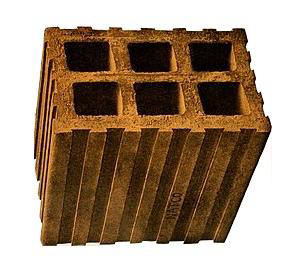

It was most commonly used for buildings constructed during the first quarter of the 20th century. Since stucco was usually the exterior covering, Mission and Mediterranean revival styles are some of the most common types of homes built with these blocks. It's also common in military base buildings and gas stations built as late as 1940. It was also used to back brick veneer.
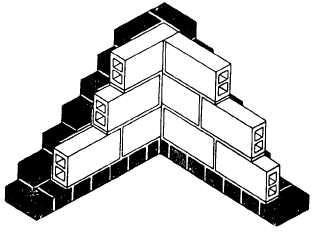
Hollow tile blocks have also been used in commercial buildings, even high-rise, but usually not for structural walls. Here the blocks are often used as fill between steel structural elements and for fire resistant wall construction, including interior partitions. They were installed around beams and columns for fire-proofing. They have also been used for filler in concrete floors.


These blocks are fragile as compared to other masonry building units. This brittle quality makes them unsuitable for buildings in areas where there is the potential for a seismic event. I've seen some damage from mishandling or mistreatment after installation. Anchoring other building materials can be tricky and the drilling often results in a "blow-out" of an area of much larger diameter than the intended hole.
These are not vitrified or glazed. If exposed to the weather, they can deteriorate.
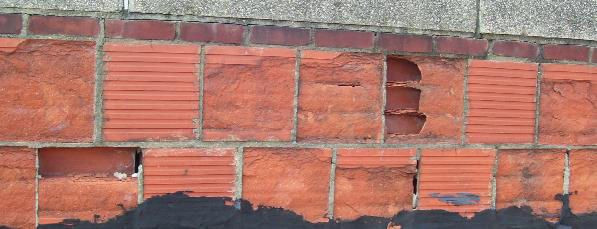
The standard thicknesses for exterior wall blocks was 6", 8" or 12". 12" was the most common for 3 or 4 storeys. Over 4 storeys, I've always seen a steel structural skeleton, with the blocks used as infill.
The dense, structural blocks have tremendous strength and are incredibly light-weight as compared to any other masonry building material. The exterior
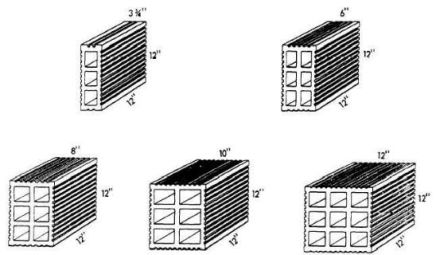
wall blocks typically have shell walls 1" thick and the webs are 3/4" thick. The chart below shows some testing results, but these tests weren't strictly on dense, load-bearing blocks.
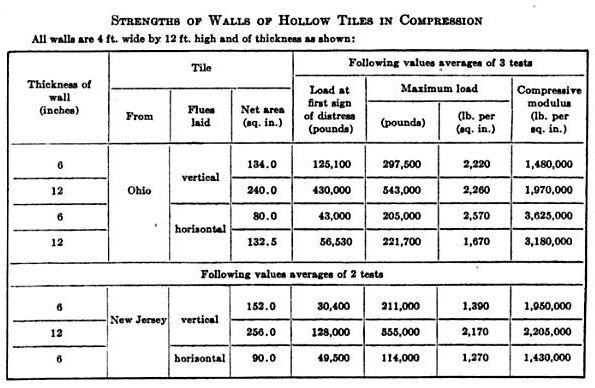

Bill Kibbel is a consultant and an inspector of historic homes
& commercial buildings at Heritage Building Inspections.
Site was made with Mobirise